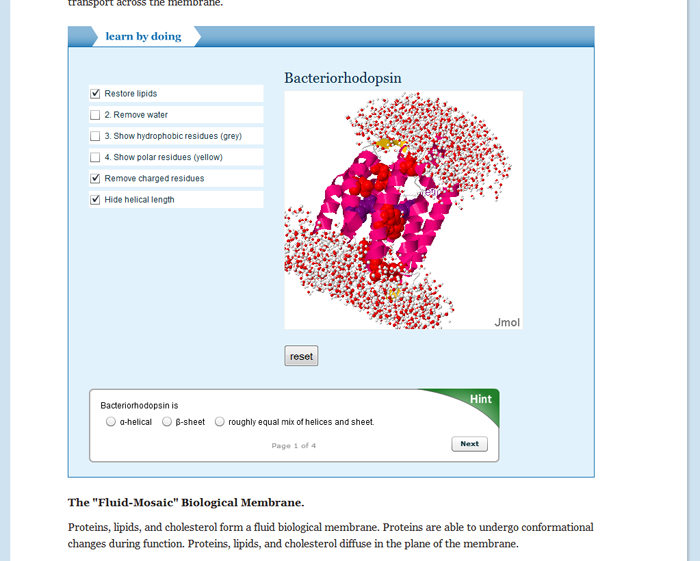Learn how to communicate with the sounds and music of American English. Improve your pronunciation in Standard American English by dealing with the sounds of the words that you speak. NOTE: This is a course on speaking American English, not learning the English language.
Learn about Open & Free OLI courses by visiting the “Open & Free features” tab below.
American English Speech — Open & Free
- Description
- What students will learn
- Learning objectives by module
- Course outline
- Other course details
- System requirements
- Open & Free features
Description
This course will be beneficial if you wish to learn how to communicate with the sounds and music of American English. The purpose is not to increase your vocabulary, nor to improve your grammar, but to deal with the sounds of the words that you speak. Your message is of primary importance, but it may not be understood if your pronunciation is imprecise, inconsistent, or regional. This course is particularly useful for actors or for others who need to speak to diverse audiences, such as when giving a business presentation.
You will have the flexibility of time to experience, at your own pace, aural and visual aspects of a sound. Within the course, students are assessed on their ability to recognize each sound in a variety of contexts and are given feedback on their particular answers.
In-Depth Description
In the context of effective speech, “Standard American” refers to a single standard, devoid of regional influences. Few people in the U.S. grow up speaking Standard American English Dialect; geography plays a major role in the way people speak. An accent or a dialect that could interfere with a clear exchange of ideas with those using a differing dialect or accent.
It is true that there is no official standard, but there is an understood range of acceptability for American English. As a professor of speech for actors, Baker-Shirer aims to teach a manner of speech that communicates the content of words with clarity and consistency.
“Standard American” is not a judgment of value; none of the numerous American dialects is superior to the others. Instead it is a standard for clear, consistent speech recognizable to listeners across dialects. It does not burden the listener with the extra cognitive load of filtering out regional differences before reaching the meaning or intent of the speaker. Speaking Standard American dialect means speaking English that will sound American—simple, unaffected and distinct, devoid of regional influences.
This course is divided into five sections or units:
- Foundations of Speech
- This first unit of the course is an overview of some of the basic concepts that will lay a foundation for your study of the Standard American English dialect. These concepts include sound identification, voiced and voiceless sounds, syllabification, and aspiration and unaspiration of the three stop-plosive consonant groups.
- Intonational Patterning of American English
- The next unit of this course attends to the music of Standard American English Dialect and is most essential to support and increase meaning. The techniques involved in successful vocal dynamics include: vocal range, tempo, pacing, inflection and pausing.
- Vowels
- The vowels unit will introduce you to the pure vowel sounds of the dialect. As the tone carriers, vowels are an important part of your speech, and there is a great deal of subtlety between some of these sounds. Here we will introduce you to the fifteen vowel sounds of the dialect in three categories, front, mid, and back vowels.
- Diphthongs
- This unit will build on what you learned in the vowels unit by introducing the ten diphthongs of the dialect. In the Standard American English Dialect there are five so-called long diphthongs and five always short diphthongs of r.
- Weak Forms
- The weak forms unit will introduce you to the concept of stress in speech. More specifically, weak forms of certain words in the English language exist to increase clarity and understanding while subordinating the inessential. The following parts of speech are usually weakened in continuous speech: articles, conjunctions, auxiliary verbs, personal pronouns and prepositions.






